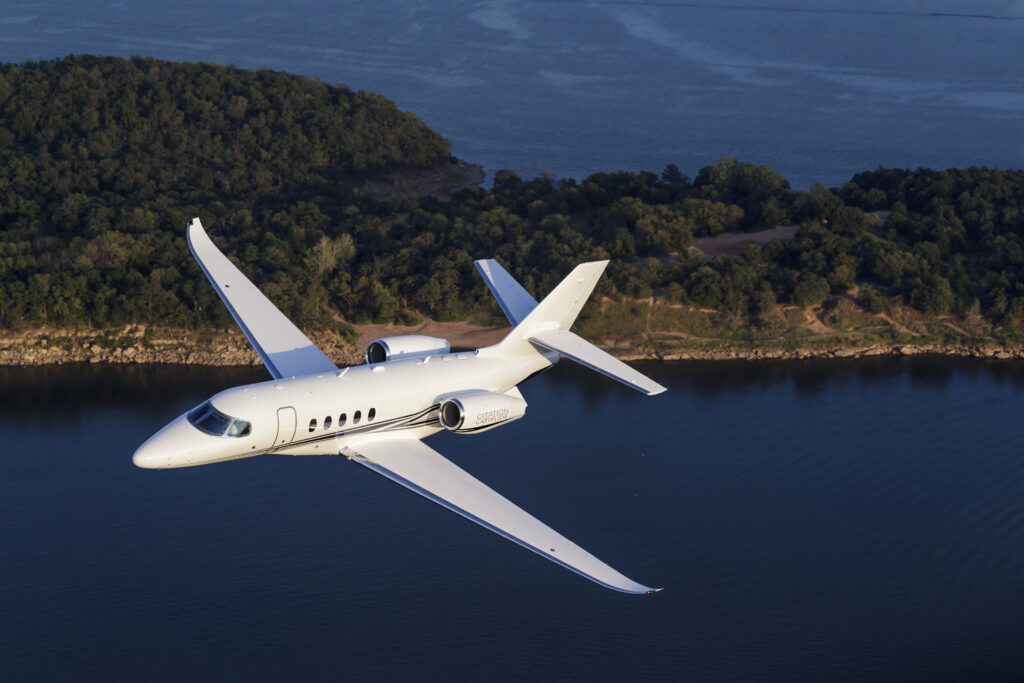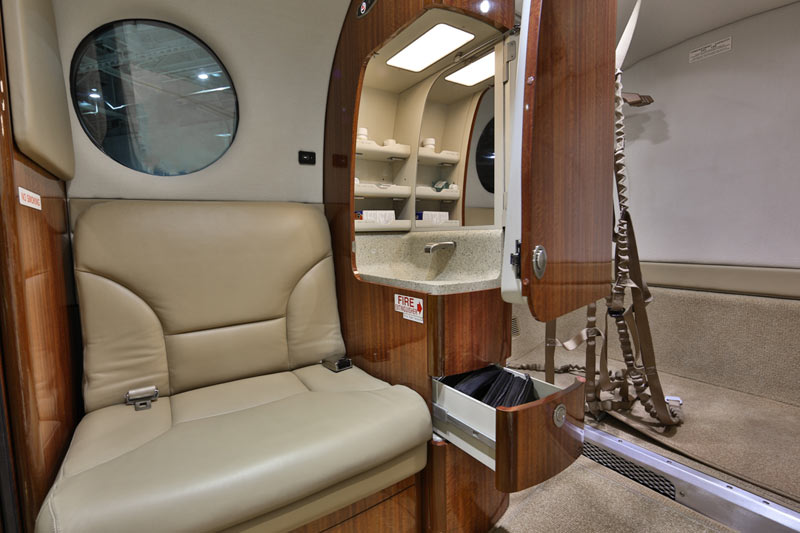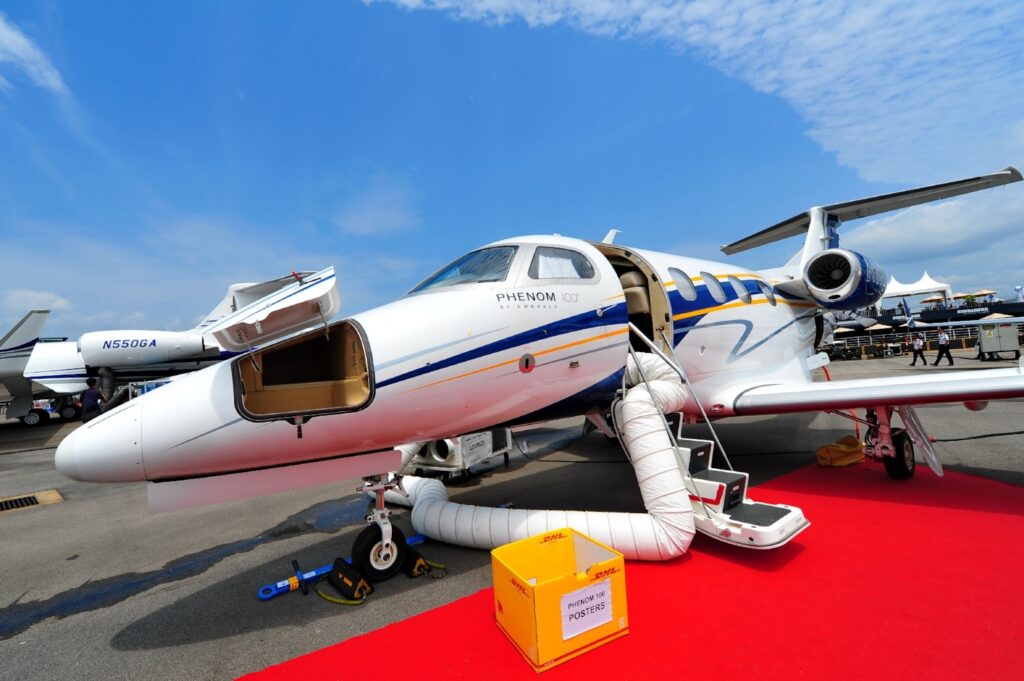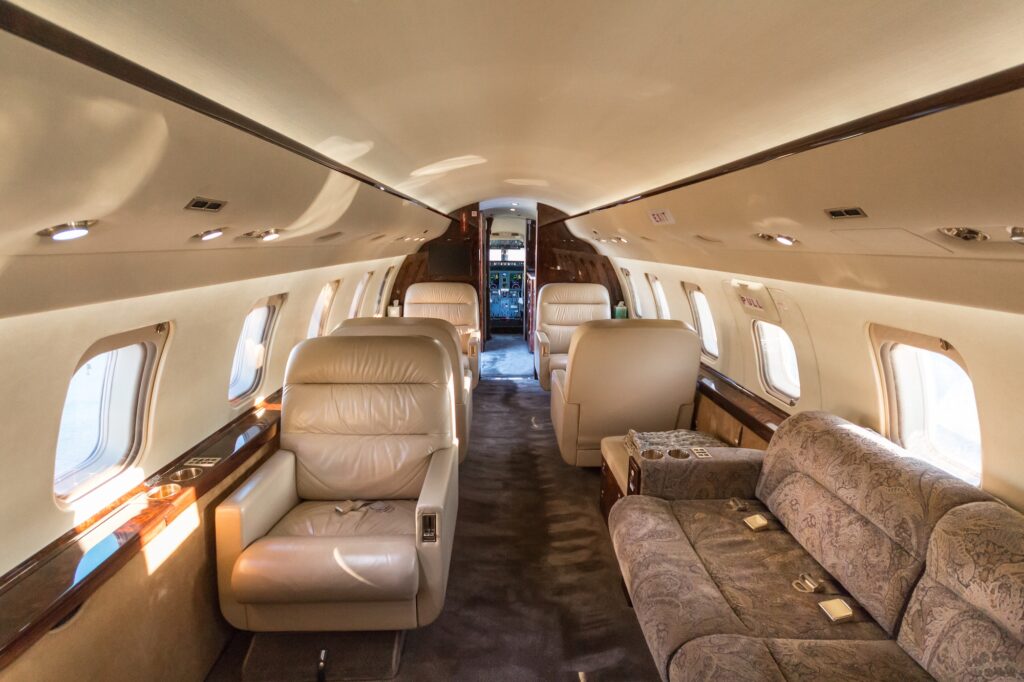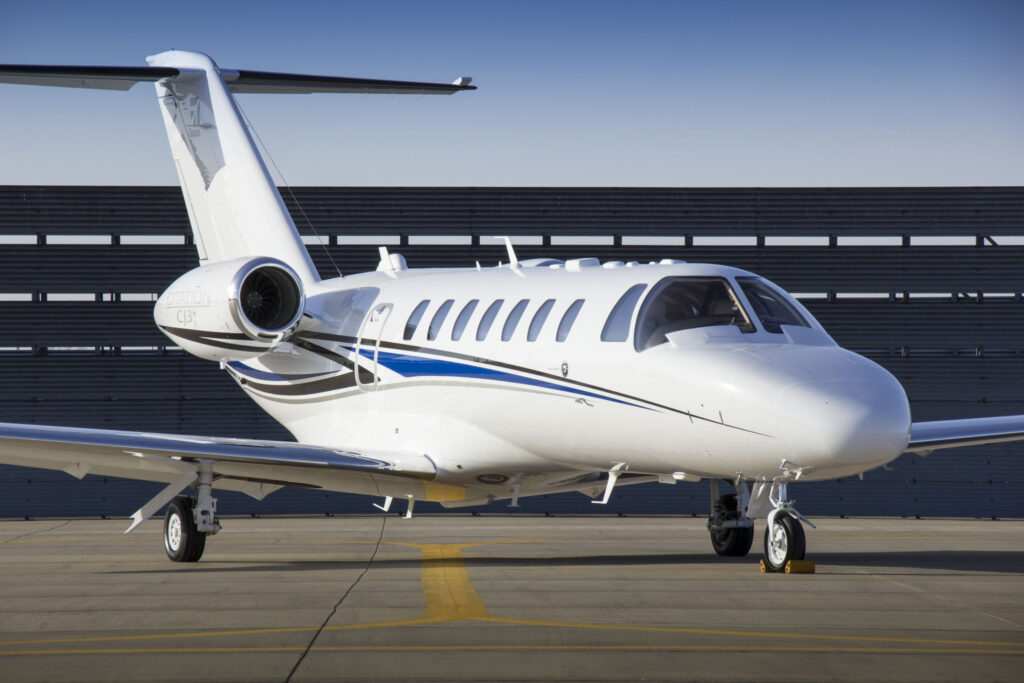Citation X/X+
First delivered in 1996, the Citation X (or model 750) was created to help Cessna ditch the reputation that earned their Citation jets the nickname “slowtations,” due to their lackluster performance compared to Learjets at the time. Upon its introduction, the Citation X was the fastest civilian aircraft in the world, effectively vaulting Cessna into consideration for those that were looking for ultra high-performance business jets. In 2014, Cessna began delivering the Citation X+, which took the X’s place as the fastest civilian aircraft in the world with upgraded engines and Garmin G5000 avionics, compared to the Honeywell Primus 2000 avionics found on the original Citation X.
Up to serial number 172, the Citation X comes equipped with Rolls-Royce AE3007C engines. Serial numbers 173 and up are equipped with AE3007C1 engines. The Citation X+ comes equipped with AE3007C2 engines. The Citation X has a normal cruise speed of 511 knots, a range of 2,980 nautical miles, a climb rate of 3,650 feet per minute, and requires 5,343 feet of runway to takeoff and 3,584 to land. The X+ has a normal cruise speed of 514 knots, a range of 3,396 nautical miles, a climb rate of 3,650 feet per minute, and requires 5,187 feet of runway to takeoff and 3,591 to land.
Citation Sovereign/Sovereign+
In 2004, Cessna began delivering the Citation Sovereign (Model 680), which is currently the third largest aircraft in the Citation family, able to seat eight passengers with two pilots, though it can be configured to seat as many as 12. The Sovereign was created to fill a gap between the Excel and the X. It’s a transcontinental aircraft that’s capable of making the trip from Los Angeles to Hawaii. In 2013, Cessna introduced the Sovereign+ with added winglets, tweaked engines and upgraded Garmin G5000 avionics, compared to the Honeywell Epic avionics found on the original Sovereign.
The Citation Sovereign comes equipped with Pratt & Whitney Canada PW306C turbofan engines, while the Sovereign+ comes equipped with PW306D engines. The Sovereign has a normal cruise speed of 447 knots, a range of 3,010 nautical miles, a climb rate of 4,016 feet per minute, and requires 3,714 feet of runway to takeoff and 2,953 to land. The Sovereign+ has a normal cruise speed of 447 knots, a range of 3,093 nautical miles, a climb rate of 4,083 feet per minute, and requires 3,560 feet of runway to takeoff and 2,850 to land.
Citation Latitude
In 2015, Cessna began deliveries of the Citation Latitude, based on the Sovereign. The Latitude is also known as the Model 680A, while the Sovereign is known as the Model 680. The Latitude, which comes equipped with Garmin G500 avionics, was created as a cheaper, slightly lower-performance alternative to the Sovereign+. For reference, a 2016 Sovereign+ is valued by VREF at $17 million, while a 2016 Latitude is valued at $15.5 million.
The Latitude comes equipped with two Pratt & Whitney Canada PW306D1 engines. It has a normal cruise speed of 440 knots, a range of 2,700 nautical miles, a climb rate of 3,800 feet per minute, and requires 4,030 feet of runway to takeoff and 2,700 to land.
Citation Longitude
On June 13, 2017, the first production Citation Longitude rolled out of the Cessna factory. The Longitude is similar to the Latitude, but comes equipped with more powerful engines that give it a significantly further range and faster cruise speed. It also fits more passengers and has an upgraded cabin interior.
While we don’t yet know as much about the performance capabilities of the Longitude, considering it was rolled out just days ago, we do know that it comes equipped with two Honeywell HTF7700L engines. Preliminary research says it has a normal cruise speed of 465 knots, a range of 3,520 nautical miles, and requires 4,900 feet of runway to takeoff and 3,850 to land.
[ulp id=’ksrvpykbSKmvluGu’]

